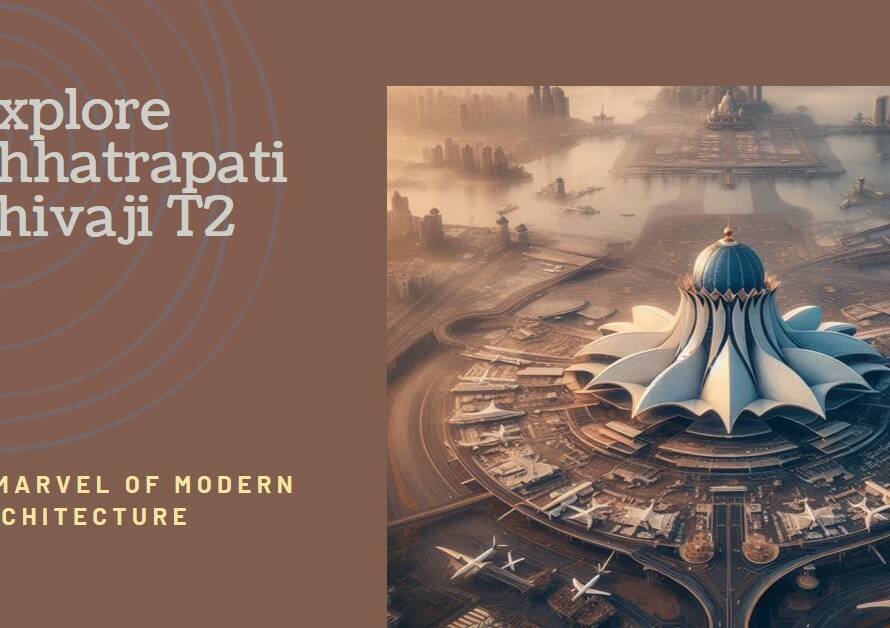
Table of Contents
Introduction
In a world often fixated on material wealth and financial success, the concept of riches extends beyond mere monetary value. Architecture, with its ability to shape environments, communities, and experiences, offers a profound form of wealth that transcends monetary measures. This article delves into the notion of redefining riches through architecture, exploring how the built environment enriches lives and contributes to a more prosperous society.
Architectural Alchemy: Transforming Spaces into Assets
Architecture possesses the transformative power to turn spaces into valuable assets, both economically and culturally. Through strategic design and planning, architects can revitalize neglected areas, breathing new life into communities and enhancing property values. Take, for example, the High Line in New York City, once an abandoned railway line, now a vibrant public park and urban oasis. This revitalization project not only increased surrounding property values but also catalyzed economic development in the area, proving the lucrative potential of architectural interventions.
Furthermore, architecture plays a pivotal role in fostering cultural richness and identity within communities. Iconic landmarks such as the Sydney Opera House or the Taj Mahal not only serve as architectural marvels but also symbolize cultural heritage and pride, attracting tourists and bolstering local economies. By preserving and celebrating architectural heritage, communities can tap into a reservoir of cultural wealth that transcends monetary value, enriching both residents and visitors alike.
Designing for Well-being: The Currency of Comfort and Joy
Beyond economic considerations, architecture enriches lives by prioritizing human well-being and comfort. Thoughtfully designed spaces can enhance quality of life, promote physical and mental health, and foster a sense of belonging. From ergonomic office layouts that boost productivity to therapeutic environments in healthcare facilities, architecture directly impacts our daily experiences and overall happiness.
Consider the case of biophilic design, which integrates natural elements into built environments to evoke feelings of connection with nature. Studies have shown that exposure to nature within architectural spaces can reduce stress, improve cognitive function, and enhance mood. By prioritizing elements such as natural light, greenery, and open spaces, architects can create environments that promote holistic well-being, thereby enriching the lives of occupants and communities.
Sustainability: Investing in the Future of Wealth
In an era defined by environmental challenges, sustainable architecture emerges as a cornerstone of true wealth. By prioritizing energy efficiency, resource conservation, and resilience, sustainable buildings not only reduce operational costs but also contribute to a healthier planet for future generations. The integration of renewable energy systems, passive design strategies, and eco-friendly materials not only mitigates environmental impact but also enhances long-term economic value.
Moreover, sustainable architecture fosters social equity by addressing issues of accessibility, affordability, and environmental justice. From affordable housing projects utilizing green technologies to resilient infrastructure in vulnerable communities, sustainable design principles promote inclusive prosperity and resilience in the face of climate change.
Innovation and Creativity: Enriching the Architectural Landscape
At the heart of architectural wealth lies innovation and creativity, driving progress and shaping the future of our built environment. From cutting-edge technologies such as 3D printing and parametric design to avant-garde architectural concepts pushing the boundaries of convention, innovation fuels the evolution of architectural practice.
Moreover, architecture serves as a platform for artistic expression and cultural dialogue, enriching our collective experience through aesthetic diversity and creativity. Architectural landmarks such as the Guggenheim Museum in Bilbao or the Burj Khalifa in Dubai not only showcase architectural prowess but also serve as beacons of creativity and inspiration, elevating the cultural landscape and attracting global attention.


Community Engagement: Empowering Through Participation
True architectural wealth lies in its ability to empower communities and foster social cohesion through participatory design processes. By engaging stakeholders in decision-making and prioritizing inclusivity, architects can create spaces that reflect the diverse needs and aspirations of their inhabitants.
Community-driven projects, such as participatory urban planning initiatives or collaborative placemaking efforts, empower residents to take ownership of their built environment, fostering a sense of pride and belonging. By harnessing local knowledge and expertise, architects can co-create spaces that not only meet functional requirements but also resonate with the cultural identity and values of the community, enriching social capital and collective well-being.
Educational Enrichment: Investing in Architectural Literacy
As stewards of the built environment, architects have a unique opportunity to enrich lives through educational outreach and architectural literacy. By demystifying the design process and fostering a deeper understanding of architecture among the public, architects can empower individuals to engage with their surroundings critically.
Architectural education programs, workshops, and public exhibitions serve as platforms for promoting design literacy and fostering a culture of appreciation for the built environment. By nurturing future generations of architects, designers, and informed citizens, architectural education enriches society by cultivating a more discerning and engaged populace, capable of advocating for inclusive, sustainable, and enriching built environments.
Cultural Preservation: Enriching Heritage and Identity
Preserving architectural heritage is essential for enriching cultural identity and fostering a sense of continuity with the past. Historic buildings, monuments, and sites serve as tangible links to our collective history, embodying the stories, traditions, and craftsmanship of bygone eras.
By investing in the preservation and adaptive reuse of historic structures, architects can breathe new life into old spaces while honoring their cultural significance. Adaptive reuse projects, such as repurposing industrial buildings into mixed-use developments or transforming heritage sites into cultural hubs, not only conserve architectural heritage but also contribute to vibrant, dynamic communities, enriched by the layers of history woven into their built environment.
Conclusion: Redefining Riches Through Architecture
In conclusion, architecture offers a multifaceted form of wealth that extends beyond monetary measures, enriching lives, communities, and the planet. From transformative urban interventions to sustainable design solutions, architecture has the power to shape a more prosperous and equitable future for all. By embracing innovation, sustainability, and community engagement, architects can redefine riches by creating environments that foster well-being, cultural richness, and social inclusion. As we continue to navigate the challenges of the 21st century, let us recognize the immense value of architecture in shaping a more prosperous and enriching world for generations to come.


